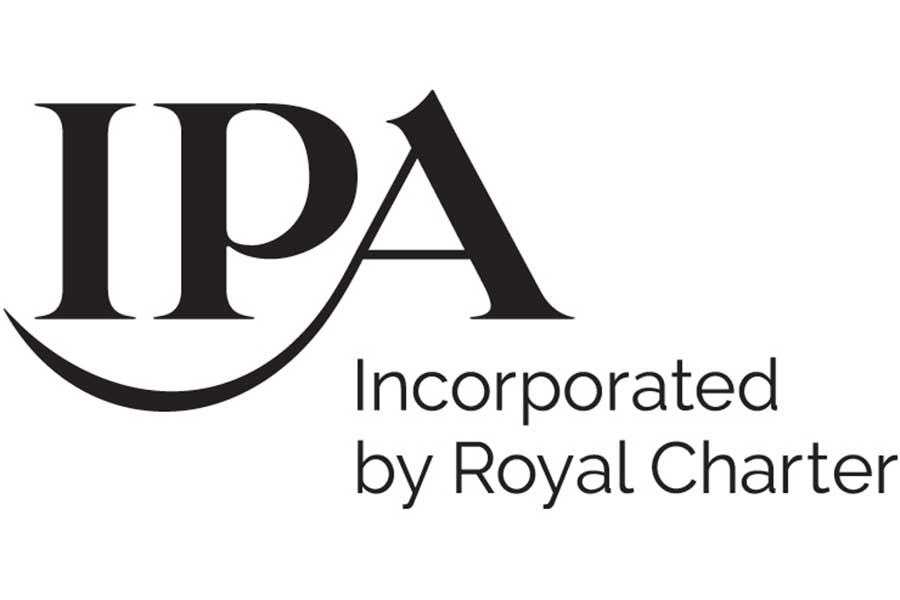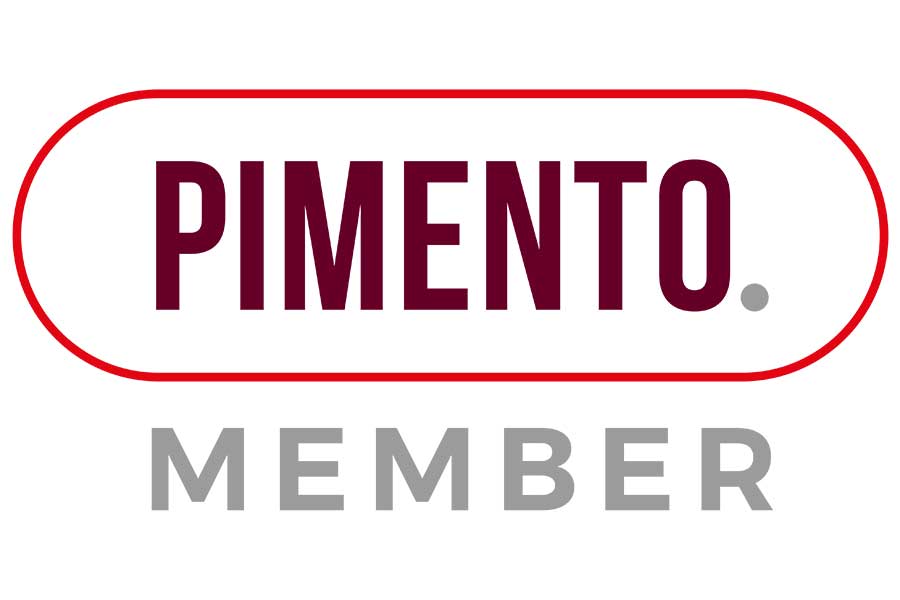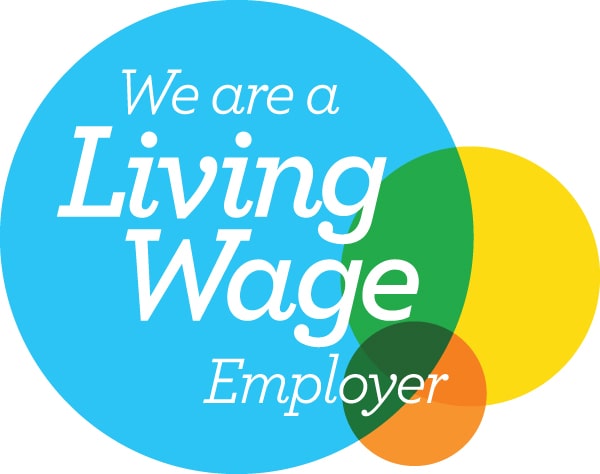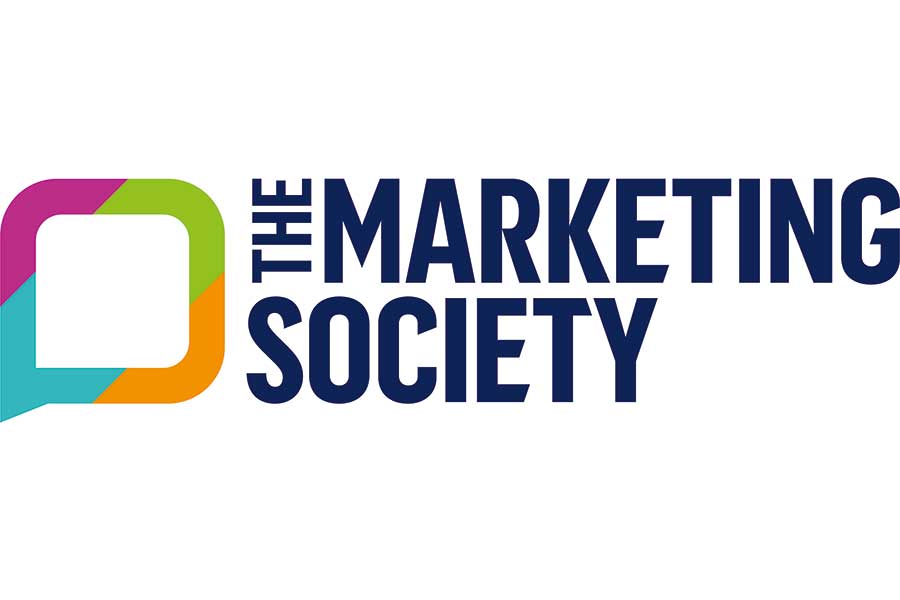The Grove Media’s 2023 Lowdown

By David Price, Managing Director, The Grove Media
Happy New Year to all our staff, clients and friends of the agency. As we stand at the cusp of 2023 we take a look at 4 key topics that we think will shape the year and should be on the top of the media agenda.
Hold your nerve and invest smartly in 2023
There’s always a danger in times of economic uncertainty that we can talk our way into further decline. So, an ever increasing focusing on the downturn across the media can turn into self-fulfilling prophecy. We would advise all advertisers to hold their nerve and focus on smart planning. During tough times, brands can ‘play it safe’ with more easily measurable online media, particularly those in performance marketing. Social media can deliver scale for lower capital costs than other more ‘traditional’ media channels.
And look to BVOD – it gives advertisers access to quality programming at affordable rates – spots in highly rated shows and formats that would be too expensive in linear TV. With BVOD you can engage an audience that can consume your advertising almost anywhere and at any time. And, crucially you can effectively target very specific audiences based on demographics, interests, geolocation etc and track and analyse advertising performance.
Those brands that can resist cutting adspend may take a short term hit in profitability during the downturn, but will show much stronger growth in recovery. It really doesn’t pay to ‘go dark’. And remember, one of the key benefits of continuing to advertise in a downturn is the extra share of voice. Smart marketers use periods of economic pressure and uncertainty to build brands more cheaply as their competitors scale back on marketing to save money.
Amazon will be a new home for SME advertisers
Facebook and Google have long been the platform of choice for mid-size advertisers. But the company that is set to give all of them a run for their money is Amazon. Launches announced at the end of last year at Amazon’s annual advertising event Unboxed are set to make Amazon a whole lot more money by luring more SMEs to the platform.
Amazon’s advertising offer for its vast endemic base – sellers on the platforms – is focused on sponsored product ads. These have delivered great returns for retailers on Amazon and are cheaper than Facebook and Google. Non-endemic advertisers have been able to programmatically buy display ads to reach audiences on Amazon via the platform’s DSP, but this often presents a high entry cost of entry for many SMEs. However, at Unboxed, Amazon unveiled a completely self-serve ad type that doesn’t require any minimum spend, and is simple to set up, deploy, and manage, compared to the DSP. At the moment, this new self-serve ad is a US-only beta test, but we should expect to see this option available to UK advertisers in the near future.
And other tools were announced that are clearly designed to make a play for non-endemic advertisers, including: pre-set features in sponsored ads for advertisers new to the platform. One of the most interesting launches is a video creation tool for smaller advertisers to help them unlock the power of streaming media on the platform. While it’s early days and self-serve ad is still in beta, these launches represent significant opportunities for SME advertisers looking to branch out beyond Facebook and Google….and to benefit from Amazon’s rich and deep e-commerce data.
TikTok is set to become a schedule mainstay for many more advertisers
TikTok has been the runaway success of the digital world. It’s reshaping the landscape and influencing how its competitors behave and go to market. And it’s clear TikTok is now gearing up in a big way to attract the SME market, with separate teams and development initiatives, including a small business resource centre that houses case studies, creative resources, ad templates etc
Importantly, TikTok’s audience demographics are broadening out, making the platform more attractive to a much bigger pool of potential advertisers. TikTok’s prime UK demographic is 18-24. However older demographics are now being attracted to the app – in the US, 22% of people aged 30 – 49 have used TikTok. And the revenue from SMEs is not just restricted to advertising, but extends into ecommerce. Last year, the platform launched TikTok Shop in the UK – a new shopping feature which enables businesses and creators to showcase and sell products directly on TikTok through in-feed videos, LIVEs and via a product showcase tab.
TikTok will need to make the platform less complicated if they want to attract SMEs And they will need to maintain low cost of entry. Spark ads – the equivalent of Meta’s promoted posts – are designed for small businesses and advertisers with lower budgets looking to undertake promotional activity. For SMEs looking to take advantage of TikTok, there are several key things they can do now. Set up a business account, start posting and begin to generate a follower base. A TikTok pixel can easily be added to a website and tracking for specific on-site events such as sales, leads etc can be set up. Small business can then start to create TikTok suitable content to drive organic presence.
Why we must focus on public service broadcasting in 2023
The arrival of ITVX, greater investment in BVOD offerings, and the recent ad-funded launches from Netflix and Paramount – and Disney + just around the corner – all point to an important growing shift to CTV. But if we are to have a healthy, diverse, quality and vibrant TV market, we to preserve all that is good about PSB. In order to this, there are several key areas of focus for the industry.
We must recognise the important role that PSBs have in creating quality content. The BBC is the single biggest investor in original UK content. Over the past 12 months PSB, as a whole, provided approximately 35,000 hours of UK originated content whereas Netflix and Amazon Prime combined produced about 831 hours. PSBs create programming that educates as well as entertains and contributes to our culture both on a societal and economic level.
We need new regulation that supports a strong and healthy future for PSBs. With the likes of Netflix, Amazon and Disney + shifting the TV landscape, the Communications Act 2002 is “no longer fit for purpose”. We need regulation that gives PSBs have prominence in the increasingly internet-based landscape, and provides sufficient funding to enable PSBs to maintain linear broadcasting while expanding on-demand services. And we need a funding model that creates a sustainable future for the BBC and the other PSBs. Maybe we should look to a reformed licence fee or a household levy that is fairer, with poorer people paying less and the better off paying more.







